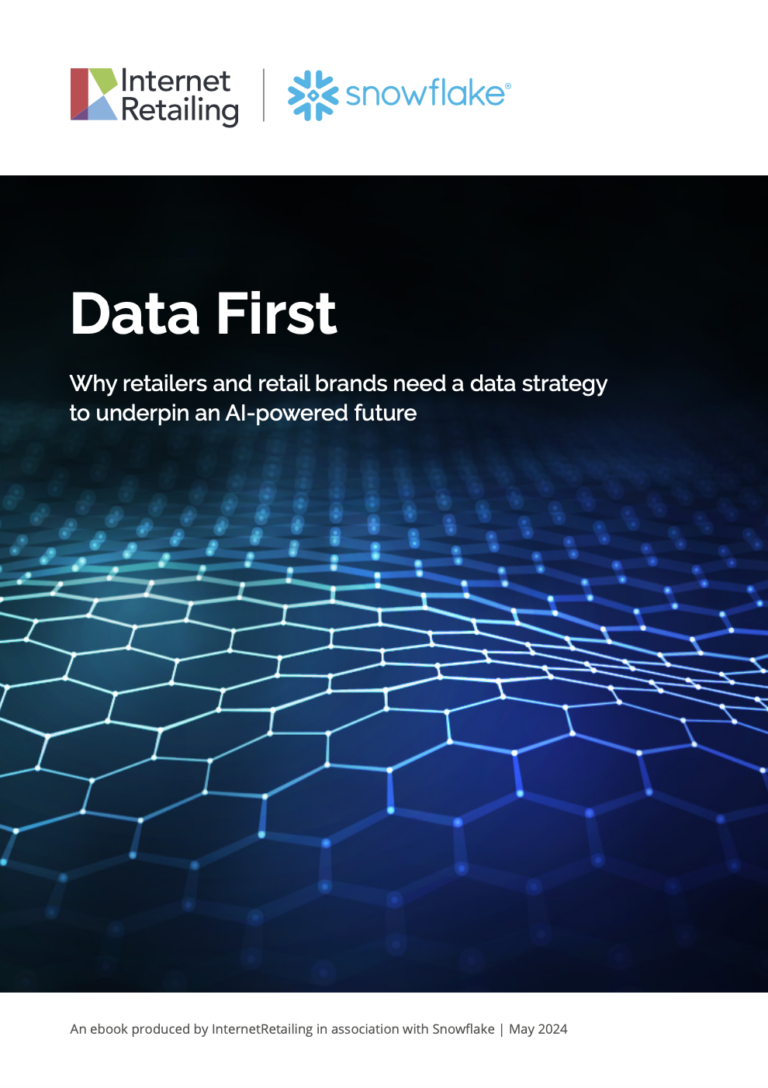The DeliveryX Top1000 Europe 2023 report, which is available to pre-register for now, has looked at the growing trend of selling and buying pre-owned goods. The report notes that while recommerce is not a new concept, it is an ecommerce trend that has really picked up over the past few years.
In fact, recommerce growth is 16 times faster than traditional retail, with 66% of businesses expecting the percentage of turnover from recommerce to increase further in the next three years.
Furthermore, the European recommerce market is predicted to grow by 60% by 2025, to €120bn.
Unsurprisingly, the reselling of pre-loved fashion takes a large share of this sector, at 14.5% market share. Consumer electronics and refurbished technology isn’t far behind, with a market share of 11% in the recommerce total market.
The value of fashion recommerce is expected to reach €37bn in 2025. Vinted is the biggest European player in this industry, with a community of over 65mn members. It is followed by Ruby Lane and Vestiaire Collective. But it is not simply online marketplaces that are driving this recommerce revolution.
Luxury department store Selfridges has pledged that half of its interactions with customers will be based on resale, repair, rental or refills by 2030. While, H&M’s fashion resale arm simply called Pre-Loved is now available across 20 markets.
Circular offering
When H&M introduced its pre-loved offering, the Leading retailer noted that “second hand fashion [is] the new normal”, and predicted a move to a more circular approach to fashion.
This is a switch that has been witnessed by many industry leaders including circular economy nonprofit organisation Ellen MacArthur Foundation.
“Circular business models in the area of recommerce are increasingly gaining attention in Europe and around the world to help build long-term growth and tackle global challenges such as climate change and pollution,” said Andrew Morlet, CEO, Ellen MacArthur Foundation.
Pre-loved luxury
Recommerce not only prevents items going to landfill, but it also increases the longevity of products. The luxury sector is an example of this, not only due to luxury products being built to last but driven by the inherent resale value that these garments offer.
European consumer data, featured in the RetailX’s European Luxury 2023 report, showed that 54% of shoppers are interested in purchasing second-hand luxury items, with 47.6% of these shoppers already seeing as much as half of their luxury purchases in 2022 made up of second-hand luxury items.
Many consumers see second-hand luxury as an affordable and sustainable way to shop for fashion, giving them high-quality goods at an affordable price, while also offering something unique and often vintage. For those buying new luxury, the allure of its eventual resale value on the second-hand market is also proving attractive.
This feature originally appeared in the DeliveryX Top1000 Europe 2023, it is then followed by three retailer case studies showcasing how these leading brands manage their pre-loved, repair and recycling services.
Pre-register for the full report to discover how the top retailers in Europe are streamlining their supply chain, cracking the delivery experience and even minimising returns.











